Article of the Week
How to Get Your Ideal Customers To Buy, Try, Sign Up or Click!
(Understanding the Psychology of A Great Call To Action)
What is it, why does it matter, and how can you use it to get customers and potential customers to do what you want them to do?
Well, it all comes down to asking your audience to take a specific action-usually at the end of your video, blog post, or whatever piece of content you’ve created.
Sounds simple, right? But there’s a bit of an art to this.
When you think about a call to action, you’re basically looking at…
The Five Core Things You Can Ask Someone To Do (Choose One!)
First, you can ask them to buy something / make a purchase.
Second, you can invite them to try something out, like a free trial or test.
Third, you might just want them to click on a link.
The fourth action is getting them to sign up, maybe by filling out an application or submitting a form.
The final option is that you can encourage them to schedule an appointment, whether it’s over Zoom, on the phone, or in-person.
Which one you ask someone to do depends on your content, the context of the offer, your purpose in making the offer, and which action just plain makes the most sense at this stage of the sales process.
The simple, common-sense approach works best here – this doesn’t need to be rocket science.
Let’s dive into why the offer tied to your call to action is so crucial.
The offer baked into your call to action is essentially the compelling reason WHY someone should take that action.
The offer needs to be self-serving for the person you’re asking, meaning it should offer them something of clear, immediate value.
And here’s the kicker: it should relate directly to the content they’ve just consumed.
If you’ve done a good job educating or entertaining them, your offer should feel like the natural next step they need to take. It becomes a logical progression of the “conversation” you started with your content.
Speaking from experience, the best approach is to frame your call to action as an invitation.
Let’s say you’ve just published an article teaching poodle owners a specific trick they can teach their dogs. Your call to action at the end of the article might be an offer for them to watch a set of videos of additional tricks they can teach their poodles.
The videos, in turn, might each feature a call to action inviting people to buy a product or a course on obedience training or even fancier tricks. It’s like leading them down a path where each offer is a steppingstone that makes perfect sense and adds increasing value as they progress.
This Works For Free Trials Too!
Let’s look at another example: suppose you create a video on 5 signs a home’s well water might be contaminated by chemicals or bacteria.
At the end of the video, you could offer viewers the chance to find out how they can get their well water tested for rust, bugs, radioactivity, and chemicals for free.
See how that feels like the next logical step? You’ve given them valuable information (how to tell if well water might be bad) and now you’re offering them a way to apply that information to their own lives (get the water tested for free).
Get Them To Click Your Affiliate Links In A Snap!
Maybe you’ve made a quick five-minute video and posted it on YouTube or on social media about the top ways to protect your family from Lyme disease while camping.
Your call to action could be to simply click a link to view a list of the top five all-natural bug repellents you recommend (through your affiliate link of course!).
They’re already thinking about their family’s safety (prevent Lyme disease), and now you’re giving them a straightforward way to take action on that advice (click the link, buy the bug spray).
By the way, this strategy also lends itself to building up a profitable optin email list by offering the same list, but only after they give you their email address.
Your call to action should feel like it naturally flows from the content.
It’s A Dance… A Conversation… A Logical Progression
The key is to view your content and your call to action not just as stand-alone elements, but as a seamless, sequential conversation.
“Teach your poodle the coolest tricks! Watch our exclusive, FREE video series for more amazing tricks to unleash your poodle’s full potential and make both of you a star attraction!”
Example number two:
“Worried about your well water? Get it tested for rust, bugs, chemicals, and more for free! Get all the details here:”
Example number three:
“Protect your family from Lyme disease and other insect-born pathogens with these top all-natural insect repellents recommended by experts! Click the link and stay safe on your next outdoor adventure!”
Your call to action should feel like it naturally flows from the content.
And don’t forget to highlight a self-serving, relevant benefits either. Always tell them what’s in it for them!
When you can achieve that, you’ll start noticing more people taking you up on your offers because it just makes sense for them to do so.
It’s all about making the action you want them to take feel like the easiest and most beneficial next step.
Want to see immediate action from your audience? CopyandContent.AI offers the best tools to craft CTA’s that convert. Unlock the Power of Persuasive calls to action with CopyandContent.AI!

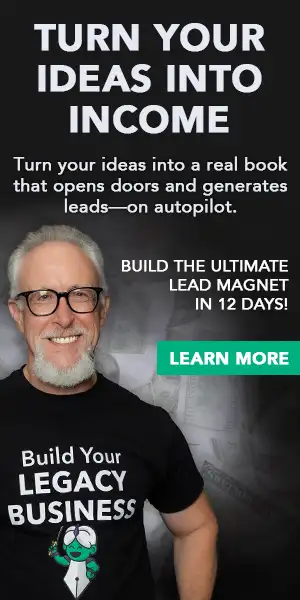
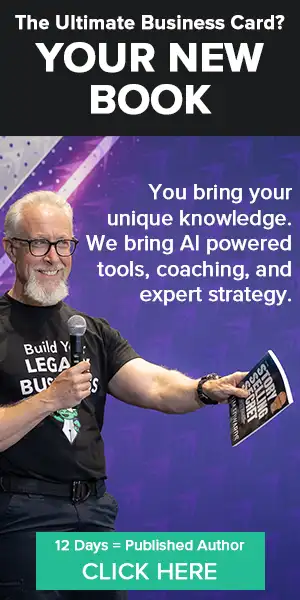
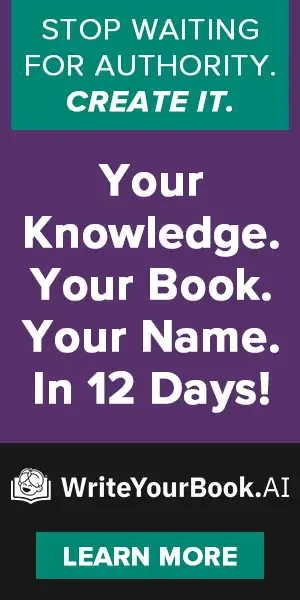
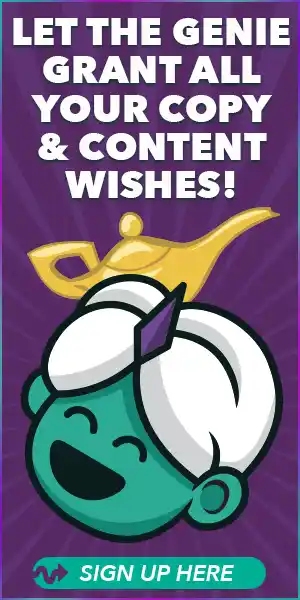
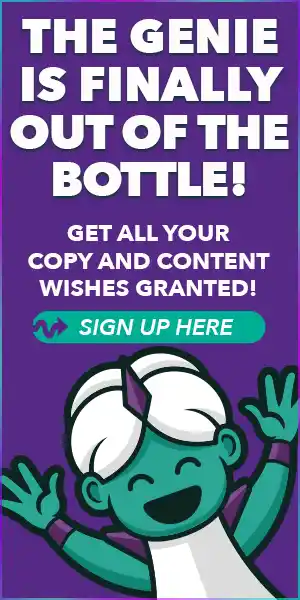
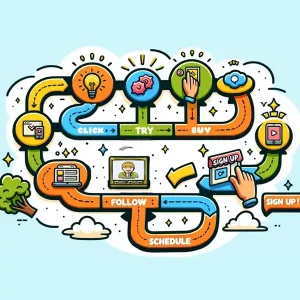


Leave a Reply